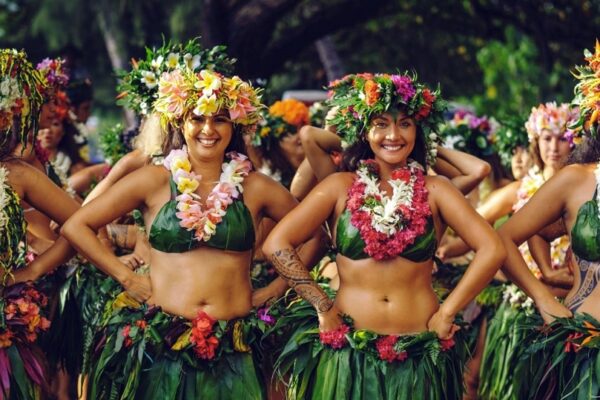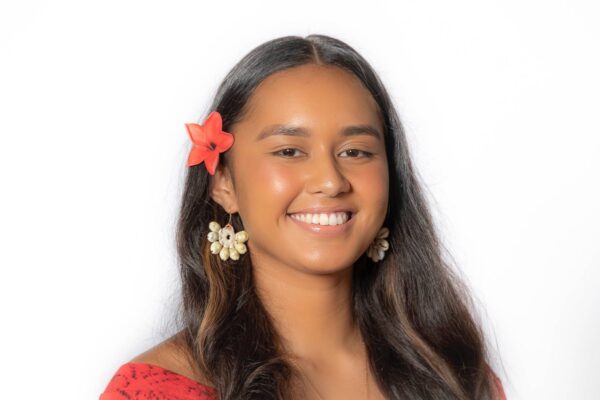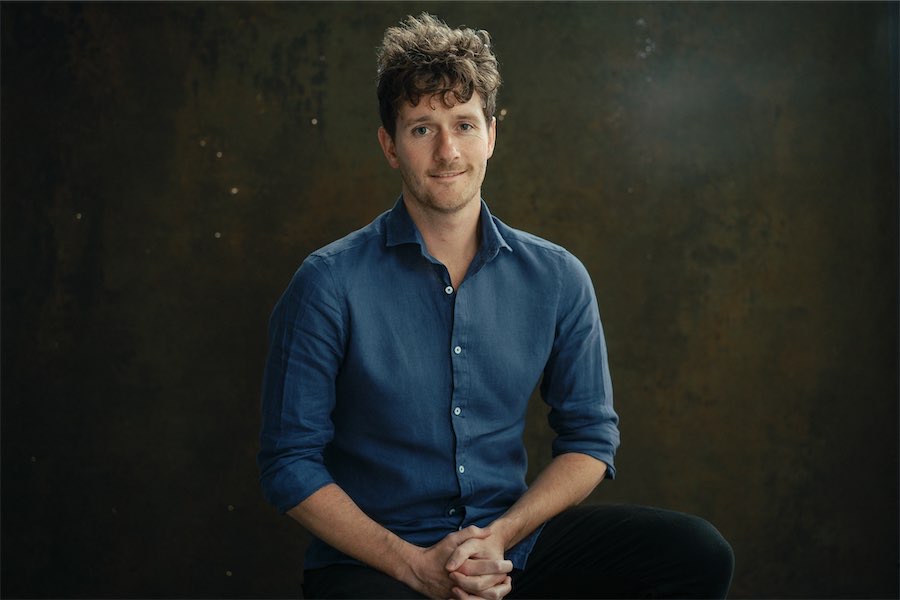
Former ANU academic PETER BROWN writes from Tahiti’s biggest cultural event of the year, the Heiva festival.
Canberrans who have been following the debate around Gauguin’s World: Tōna Iho, Tōna Ao at the National Gallery of Australia will be intrigued to learn that in Tahiti, the month of July is synonymous with the Heiva i Tahiti, a festival-competition that is by far the biggest cultural event of the year in these islands.
Involving music, dance, traditional arts and crafts and sports, such as coconut tree climbing, javelin throwing, stone lifting and canoe racing, will galvanise the whole population until July 20, with performances of dance and music at the 3500 capacity outdoor venue, To’atā, in downtown Papeete. Tickets usually sell out as soon as they become available online.
Canberra recently had a glimpse into the world of Tahitian dance when the NGA hosted a number of leading cultural figures from French Polynesia who had come for the launch of the Gauguin exhibition.
Among them was Marguerite Lai, the head of the celebrated dance group O Tahiti E, which has won many awards at the Heiva i Tahiti.
The Heiva (Tahitian for “entertainment” or “dancing in a group”) is the contemporary embodiment of centuries-old traditions noted by the early European navigators, Cook and others, but that nearly died out in the 19th century, particularly under the influence of the London Missionary Society whose emissaries devoted their energies to saving souls by rescuing the “natives” from their perceived heathen beliefs.
It has been a long haul back from that brink, beginning under the French Third Republic, but since the 1970s organised by the local Ministry of Culture.
The festival lasts three weeks and engages thousands of participants nearly half the year in rehearsals and manifold other preparations, particularly for the dance performances.
Its pressure-cooker environment requires total devotion, testing individual and family cohesion in terms of sheer effort of endurance.
Some dancers from outer districts, who are with city-based groups, might not get home from rehearsals until quite late at night, yet have to be up by 6am if not earlier the next day in time for work or school, since Heiva regulations allow participation from the age of 16.
Almost everyone acts in a voluntary capacity, participants assist in fund-raising activities and also buy their own costume and other materials.
Fresh plants have pride of place in home refrigerators before the all-night costume-making on the eve of the performance, to meet the requirement of having fresh plant matter for certain costumes.
It all comes down to one hour in July. It you are unwell or under-performing on the night, it can be as if the whole year, or much more, was wasted.

It also has an international dimension. Increasing numbers of (mostly female) dancers from abroad come to spend several months in Tahiti to prepare for the Heiva, from elsewhere in Oceania and notably from Japan, which has 1.5 million practitioners of ‘ori Tahiti and from Mexico, which has up to five million practitioners.
The current Miss Samoa/Miss Pacific is a case in point. Moemoana Safa’atoa Schwenke, a specialist in Samoan dancing, learned ‘ori Tahiti from a Tahitian teacher-in-residence for several months at the Matavai Pacific Cultural Arts Centre in Liverpool, Sydney, directed by her parents.
Aside from the total commitment of participants and their entourage, the performances of traditional dance involve multiple forms of expression to represent themes from Ma’ohi mythology, history or contemporary cultural life.
Percussion music is produced by different kinds of drums; there is also a Polynesian nasal flute, accompanied at times by more modern instruments such as guitars and ukuleles. Songs and traditional chants are also part of the performance as is the art of oratory, demonstrated by an ’ōrero as narrator. Remarkable choreographies do the rest.
In Tahiti, dance is regarded as having a close connection with the origin of the cosmos. The very conception of the body derives from a symbolic division between these parts bearing meaning and other parts that do not, between the upper and the lower regions, between the sacred and the non-sacred.
This body dualism is ancient and is itself part of the great Polynesian duality between the heavens and the earth, between light and the original darkness.
This needs to be borne in mind by those of us who work our way through the spectacular nights of hybrid sparkle in the Heiva.
Peter Brown is a former ANU academic who is now a Professor at the Université de la Polynésie Française, Tahiti.
Who can be trusted?
In a world of spin and confusion, there’s never been a more important time to support independent journalism in Canberra.
If you trust our work online and want to enforce the power of independent voices, I invite you to make a small contribution.
Every dollar of support is invested back into our journalism to help keep citynews.com.au strong and free.
Thank you,
Ian Meikle, editor




Leave a Reply